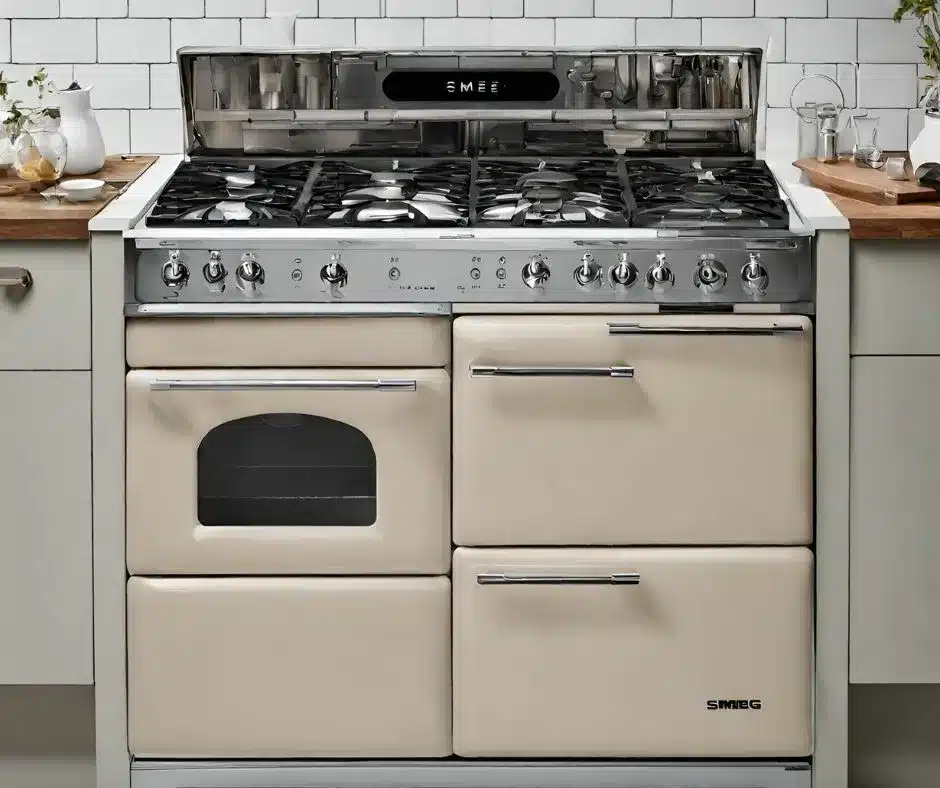
Smeg Oven Not Heating? Thermostat Troubleshooting Guide
Is your Smeg oven not heating up properly? Are you experiencing inconsistent temperatures or an oven that runs too hot or too cold? The culprit could be a faulty thermostat. In this guide, we’ll delve into the intricacies of your Smeg oven’s thermostat, the common signs of trouble,
Understanding the Smeg Oven Thermostat
The thermostat is the brain behind your oven’s temperature control. It monitors the oven’s internal temperature and regulates the heating elements accordingly. When the temperature drops below the set point, the thermostat signals the elements to turn on, and when it reaches the desired temperature, it tells them to turn off. This ensures consistent cooking results every time.
How Does the Thermostat Work in a Smeg Oven?
Inside your Smeg oven, a small sensor continuously monitors the temperature. This sensor is often located on the oven’s back wall. It sends information to the thermostat, a switch-like device that controls the power flow to the heating elements. Based on the temperature readings, the thermostat opens or closes the circuit, turning the elements on or off as needed.
Common Symptoms of Thermostat Issues
- Inconsistent temperatures: The oven might heat up too quickly or too slowly, or it may fluctuate wildly during cooking.
- Oven runs too hot or too cold: Your dishes might end up burnt or undercooked due to the oven not reaching or maintaining the correct temperature.
- Oven doesn’t turn on: In some cases, a faulty thermostat can prevent the oven from starting at all.
- Burning smell: An overheated thermostat can emit a burning smell. This requires immediate attention.
Troubleshooting Steps
Try these
Check for Power Supply Issues:
- Ensure the oven is plugged in securely.
- Check your home’s circuit breaker to make sure it hasn’t tripped.
- If you have a gas oven, verify that the gas supply is on.
Test the Thermostat for Accuracy:
- Use an oven thermometer to compare the actual temperature inside the oven to the set temperature. Place the thermometer in the center of the oven and preheat it to a specific temperature. If there’s a significant discrepancy, your thermostat may be faulty.
Inspect and Clean the Thermostat Sensor:
- Turn off the oven and allow it to cool completely.
- Locate the thermostat sensor (refer to your Smeg oven manual for its exact location).
- Carefully clean the sensor with a soft cloth or brush to remove any debris or buildup that could affect its readings.
When to Call a Professional
Here are some signs that you need professional help:
- Burning smell: This indicates a serious problem and requires immediate attention from a professional.
- Visible damage: If you notice any damage to the thermostat or wiring, don’t attempt to fix it yourself.
- Complex electrical issues: Thermostat replacement involves electrical work, which should only
Oven Maintenance Tips: Extend Lifespan & Avoid Costly Repairs
Add Your Heading Text Here
- Regular Cleaning: Wipe down the interior and exterior of your oven regularly to prevent debris buildup.
- Use Correctly: Avoid slamming the oven door or overloading it with food, as this can put strain on the thermostat.
- Professional Inspection: Consider scheduling an annual maintenance check-up for your oven.
conclusion
A malfunctioning thermostat can disrupt your cooking routine, but with a bit of troubleshooting, you can often resolve the issue yourself. By following this guide and knowing when to call for professional help, you’ll keep your Smeg oven running smoothly and continue to enjoy delicious meals for years to come.

